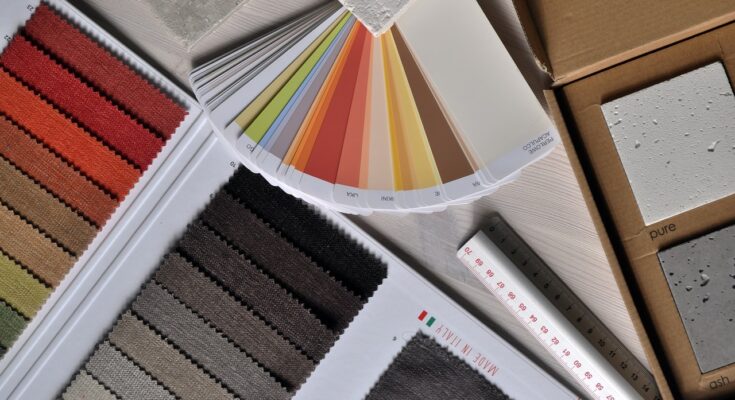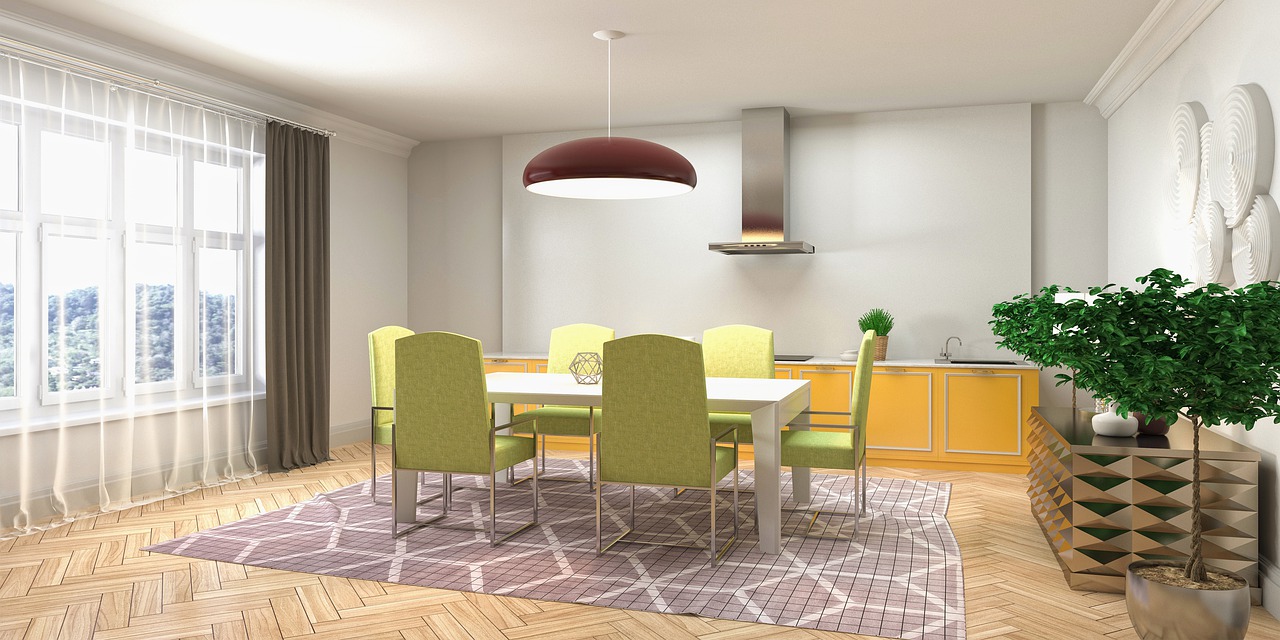Let’s be honest – hiring an interior designer can feel both exciting and overwhelming. As someone who’s been through multiple home renovations (and lived to tell the tale!), I know firsthand how crucial it is to find the right professional for your project. Whether you’re dreaming of a complete home transformation or just need help perfecting your living room, choosing the right home interior designer makes all the difference between a stressful experience and one that’s actually enjoyable.
In this comprehensive guide, I’ll walk you through everything you need to consider when selecting an interior design firm. We’ll cover how to identify your style, evaluate portfolios, understand pricing structures, and ask the right questions before signing any contracts. These interior design tips come from my own experiences (both good and bad) working with designers over the years, plus insights from industry professionals I’ve consulted.
By the end of this post, you’ll feel confident and prepared to find a designer who not only shares your aesthetic vision but also understands your practical needs, budget constraints, and lifestyle requirements. Let’s get started on your journey to creating a home you’ll absolutely love!
Define Your Style & Needs Before You Search
Before you even begin looking at designers, it’s crucial to get crystal clear about what you want to achieve. I made the mistake once of hiring a designer before I fully understood my own style preferences, and let’s just say the results were… interesting (and not in a good way).
Start by creating a vision board on Pinterest or saving inspiration photos from design magazines. Pay attention to recurring themes – do you consistently gravitate toward clean, modern lines or cozy, traditional spaces? Notice color palettes that speak to you and materials that catch your eye. This exercise isn’t about boxing yourself into one particular style, but rather identifying the general direction you want to go.
Next, consider the practical aspects:
- Scope of work: Are you looking for full-service design (where they handle everything from concept to installation) or just need consulting help with space planning and selections?
- Room priorities: Which spaces need the most attention? Maybe it’s your outdated kitchen or that awkward living room layout that’s never quite worked.
- Lifestyle needs: Do you have kids or pets that require durable materials? Are you an entertainer who needs flexible spaces?
Having this foundation will help you communicate effectively with potential designers and ensure you find someone whose expertise aligns with your project.
Check Their Portfolio & Past Work Thoroughly
A designer’s portfolio is their visual resume, and it’s where you’ll get your first real sense of whether they might be the right fit. But don’t just glance at a few pretty pictures – really study their work with a critical eye.
When reviewing portfolios, look for:
- Range of styles: Can they adapt to different aesthetics, or does all their work look essentially the same? The best designers are chameleons who can work within your preferred style rather than imposing their signature look.
- Realistic transformations: Beware of portfolios that only show magazine-worthy, staged spaces. You want to see how they’ve solved actual design challenges in real homes.
- Attention to detail: Look closely at finishes, trim work, and how different elements work together. Photos should show cohesive designs where every element feels intentional.
I always recommend asking to see at least 2-3 complete projects similar to what you’re envisioning. Better yet, if possible, ask to visit a completed project in person. Seeing a space firsthand gives you a much better sense of scale, material quality, and how the design holds up in daily life.
Understand Their Pricing Structure Completely
Money talks, and when it comes to interior design services, you need to have clear conversations about fees upfront to avoid unpleasant surprises later. Designers structure their fees in several ways, and each has pros and cons:
Hourly Rates (typically 100−100−300/hour):
- Best for: Smaller projects or consultations
- Pros: Pay only for time used
- Cons: Costs can add up quickly with revisions
Flat Fees (often 2,000−2,000−10,000 per room):
- Best for: Defined scope projects
- Pros: Predictable costs
- Cons: May not cover unexpected changes
Percentage-Based (usually 10-30% of project cost):
- Best for: Full-service, high-budget projects
- Pros: Designer invested in project success
- Cons: Less incentive to control costs
Always ask what’s included in their fee. Some designers charge separately for:
- Initial consultations
- Shopping time
- Contractor coordination
- Revisions beyond a certain number
Request a written fee agreement that outlines exactly what services are covered and what would incur additional charges.
Communication Style Matters More Than You Think
You’ll be working closely with your designer for weeks or months, so personality fit is crucial. I learned this the hard way when I worked with a phenomenally talented designer whose communication style left me constantly anxious and confused.
During your initial meetings, assess:
- Listening skills: Do they ask thoughtful questions about your lifestyle and preferences, or do they immediately start pushing their own ideas?
- Responsiveness: How quickly do they reply to emails or calls during the inquiry phase? This is often indicative of how responsive they’ll be during your project.
- Explanation style: Can they explain design concepts in terms you understand, or do they rely heavily on industry jargon?
Pay attention to how you feel during conversations. You should leave feeling excited and understood, not pressured or dismissed. Trust your instincts here – if something feels off in early communications, it likely won’t improve as the project progresses.
Look for Specific Experience with Your Project Type
Not all interior design expertise translates equally across different project types. The designer who created your friend’s stunning downtown loft might not be the best choice for your historic home renovation.
Key considerations:
- Residential vs. commercial: Some designers specialize in one or the other
- Home type: Apartment, single-family, vacation home?
- Architectural style: Modern, traditional, eclectic?
- Special needs: Aging in place, child-proofing, pet-friendly?
Ask potential designers:
- “Have you completed projects similar to mine?”
- “What unique challenges might my project present?”
- “Can you share examples of how you’ve solved similar challenges?”
Designers with relevant experience will anticipate potential issues and have proven solutions, saving you time, money, and frustration.
The Importance of a Well-Defined Process & Realistic Timeline
One of the biggest surprises for many homeowners is discovering how long quality interior design actually takes. From my experience, good design can’t be rushed – but it shouldn’t drag on indefinitely either. When interviewing designers, ask detailed questions about their process and timeline to set proper expectations.
A professional home interior designer should walk you through their complete workflow, which typically includes:
Phase 1: Discovery & Planning (2-4 weeks)
- Initial consultations to understand your vision
- Space measurements and assessments
- Creation of design concepts and mood boards
Phase 2: Design Development (4-8 weeks)
- Detailed floor plans and 3D renderings
- Material and finish selections
- Furniture and lighting plans
Phase 3: Implementation (Timeline varies)
- Contractor coordination (if needed)
- Ordering and receiving furnishings
- Installation and styling
Be wary of designers who promise unrealistically quick turnarounds. For a full living room redesign, 3-4 months is typical. Whole-home projects can take 6-12 months. Ask how they handle delays (which are common with shipping and contractor availability) and what their policy is for timeline adjustments.
Budget Transparency & Cost Management Strategies
Nothing causes more stress than budget surprises during a design project. The best interior designers are upfront about costs and have systems to keep spending on track. Here’s what to discuss:
Budget Planning:
- Ask if they have minimum project requirements
- Request average costs for projects similar to yours
- Understand how they prioritize spending (where to splurge vs. save)
Cost Control Methods:
- Regular budget updates
- Approval processes for purchases
- Alternative options if selections exceed budget
Common Budget Pitfalls:
- Shipping and delivery fees
- Custom work or alterations
- Last-minute changes
A great designer will help maximize your budget by knowing where to invest for impact and where to find savings without sacrificing quality. They should provide clear pricing for all recommended items and get your approval before making purchases.
Vetting Through Reviews, References & Site Visits
Online reviews are helpful, but they only tell part of the story. To truly evaluate a designer, you need to dig deeper:
What to Look for in Reviews:
- Patterns in feedback (consistent praise or complaints)
- How designers respond to criticism
- Before/after photos accompanying reviews
Questions for References:
- “How did the designer handle unexpected challenges?”
- “Were there any hidden costs?”
- “Would you work with them again?”
The Power of Site Visits:
If possible, ask to see a completed project in person. Notice:
- Quality of finishes and installations
- How spaces function in real life
- Attention to practical details
This level of due diligence takes time but prevents costly mistakes in choosing your designer.
Trusting Your Instincts & Recognizing Red Flags
Beyond credentials and portfolios, your gut feeling matters. Some warning signs I’ve learned to watch for:
Communication Red Flags:
- Consistently delayed responses
- Vague answers to direct questions
- Pressure to make quick decisions
Professionalism Concerns:
- No clear contract or terms
- Unwillingness to provide references
- Lack of portfolio for recent work
Creative Chemistry:
- Do they “get” your vision?
- Are you excited by their ideas?
- Do you feel comfortable being honest with them?
Remember – you’re entering a creative partnership. If something feels off during initial meetings, it likely won’t improve.
The Importance of a Detailed Contract
Never begin work without a comprehensive contract. Your agreement should clearly outline:
Scope of Work:
- Exactly what services are included
- Number of design revisions allowed
- Meetings and site visits covered
Financial Terms:
- Fee structure and payment schedule
- Expense reimbursement policies
- Termination clauses
Project Management:
- Primary point of contact
- Change order process
- Dispute resolution
A thorough contract protects both parties and ensures everyone shares the same expectations. Don’t hesitate to have a lawyer review it if anything seems unclear.
Hiring an interior designer is one of the most impactful decisions you’ll make for your home. By following these interior design tips, you’re setting yourself up for a successful, enjoyable transformation.
Remember that the best home interior designer for you is someone who:
- Listens more than they talk
- Respects your budget
- Has relevant experience
- Communicates clearly
- Makes you feel excited
Take your time choosing – the right professional will make all the difference in creating a home that reflects your personality and meets your needs beautifully.



